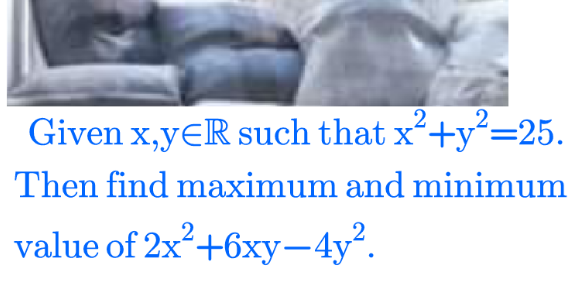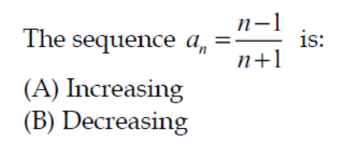
AllQuestion and Answers: Page 665
Question Number 152486 Answers: 1 Comments: 0

Question Number 152544 Answers: 2 Comments: 1
Question Number 152481 Answers: 1 Comments: 1

Question Number 152478 Answers: 2 Comments: 0

Question Number 152472 Answers: 1 Comments: 0
Question Number 152468 Answers: 1 Comments: 0
Question Number 152464 Answers: 1 Comments: 0

Question Number 152457 Answers: 2 Comments: 0
Question Number 152450 Answers: 1 Comments: 1

Question Number 152447 Answers: 1 Comments: 1

Question Number 152445 Answers: 0 Comments: 1

Question Number 152443 Answers: 0 Comments: 2

Question Number 152441 Answers: 3 Comments: 1

Question Number 152439 Answers: 0 Comments: 3

Question Number 152437 Answers: 1 Comments: 1

Question Number 152435 Answers: 1 Comments: 1

Question Number 152433 Answers: 1 Comments: 1

Question Number 152431 Answers: 0 Comments: 3

Question Number 152429 Answers: 1 Comments: 1

Question Number 153758 Answers: 1 Comments: 0
Question Number 152420 Answers: 2 Comments: 0
Question Number 152418 Answers: 1 Comments: 0
Question Number 152417 Answers: 0 Comments: 1
Question Number 152407 Answers: 2 Comments: 0

Question Number 152396 Answers: 1 Comments: 0
Question Number 152394 Answers: 0 Comments: 7
Pg 660 Pg 661 Pg 662 Pg 663 Pg 664 Pg 665 Pg 666 Pg 667 Pg 668 Pg 669
